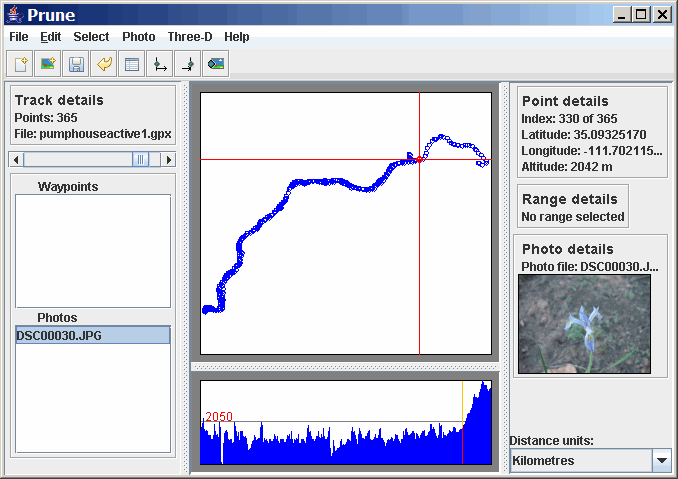

Image metadata can be embedded internally in common image file formats like JPEG and PNG. Embedded metadata include data entered into a document that is not normally visible, such as formulas in an Excel spreadsheet.

Substantive metadata include the contents of the actual file, such as tracked changes to an edited image.It includes specific labeled criteria, like the date and time the image was created and details about the camera and/or editing software used when a photo is taken or edits are saved). System metadata is generated when the image is stored (i.e.Metadata can be categorized into three broad categories: For example, if someone posts a vacation photo with GPS coordinates and a timestamp in the metadata, an attacker could easily find when and where they traveled. Although some social networks and photo storage and sharing sites scrub metadata from uploaded photos, many fail to do so, Comparitech researchers say, which could allow attackers to gather personal information from images posted online. Metadata can pose a privacy threat to people who share and post photos online. An example of EXIF metadata stored with a photo, including the GPS coordinates where the photo was taken. Image editing programs often add metadata to images including modification timestamps, system info, and tracked changes. The same goes for images modified with many photo editing programs. Each image file also contains metadata, which includes details ranging from creation date and copyright info to the location where the photo was taken. When you snap a digital photo with your camera or phone, it stores more than just the pixels and colors that make up the image.


 0 kommentar(er)
0 kommentar(er)
